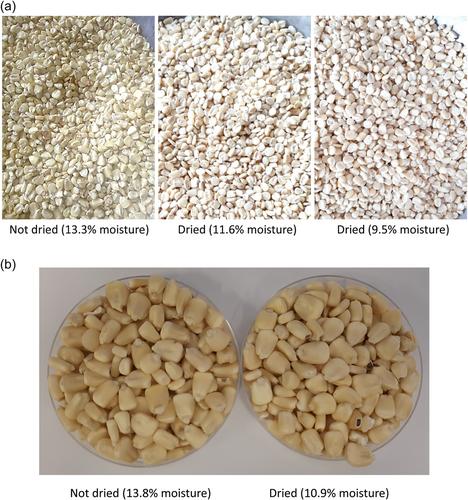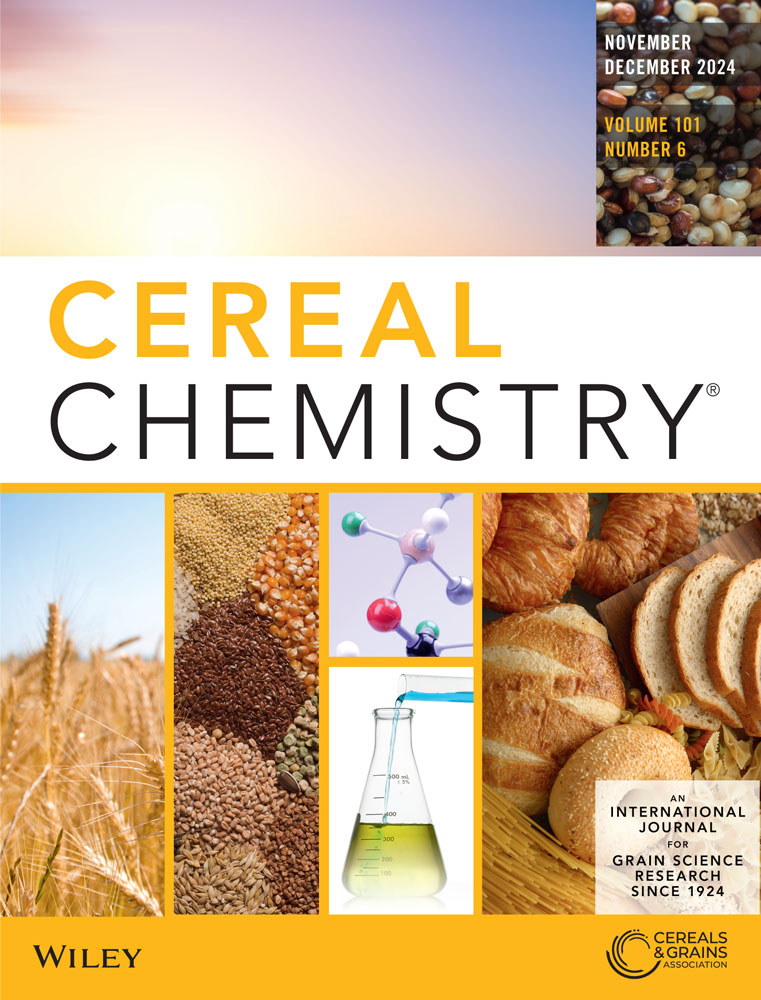Reduction in rancidity development in fortified whole-grain maize meal by hot-air drying of the grain
Abstract
Background and Objective
Maize is the major staple in sub-Saharan Africa. Whole-grain maize meal (WGMM) is highly susceptible to rancidity development. This work investigated whether rancidity development in micronutrient-fortified WGMM is retarded by drying the grain of safe moisture content to below this level using a commercial hot-air grain dryer before milling.
Findings
Fat acidity (hydrolytic rancidity measure) of WGMM from maize dried to 11.6% moisture and stored for 47 days at 40°C was only 61% of meal from the undried grain control (13.3% moisture). Peroxide value (oxidative rancidity measure) was only 53%. With the exception of riboflavin, there was no reduction in fortificant micronutrients during meal storage. Descriptive sensory evaluation indicated greater similarity to the control for stored maize meal and its stiff porridge from dried maize than for meal and porridge from undried maize.
Conclusions
Drying maize grain to 11.6% moisture substantially retards rancidity development in fortified WGMM development, probably by inactivating the grain's lipase and oxidative enzymes, providing a shelf life of at least 20 weeks at 25°C.
Significance and Novelty
This simple process to extend the shelf life of whole-grain maize meal is implementable by any mill with access to a hot-air grain dryer.


 求助内容:
求助内容: 应助结果提醒方式:
应助结果提醒方式:


